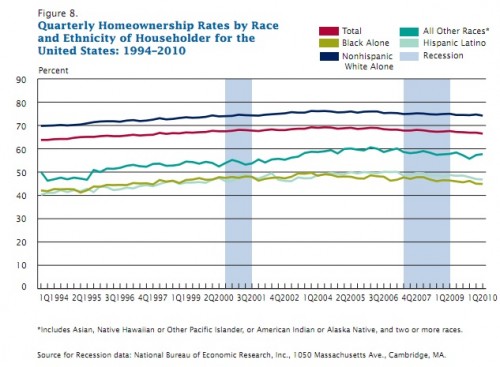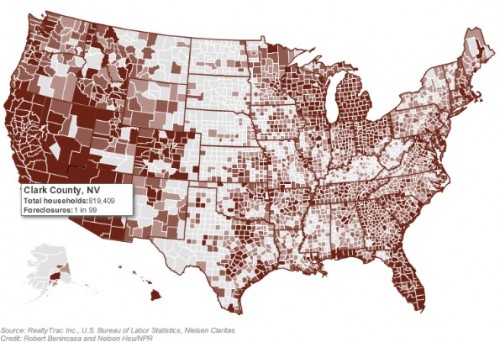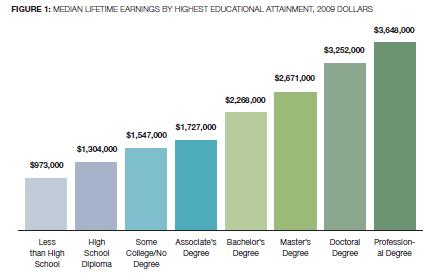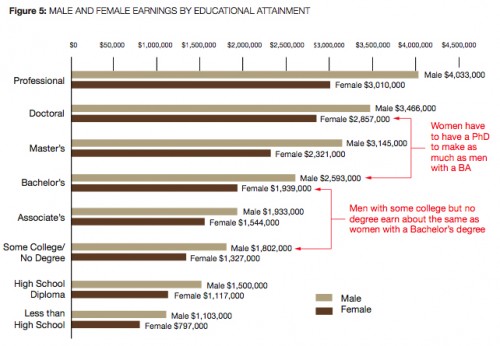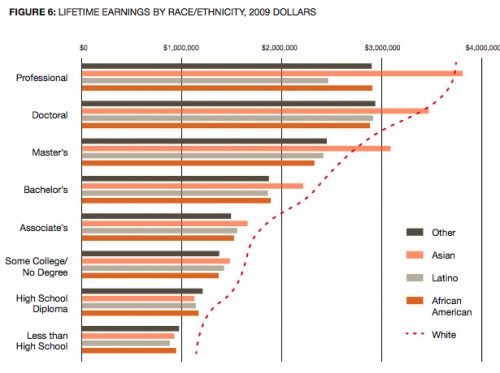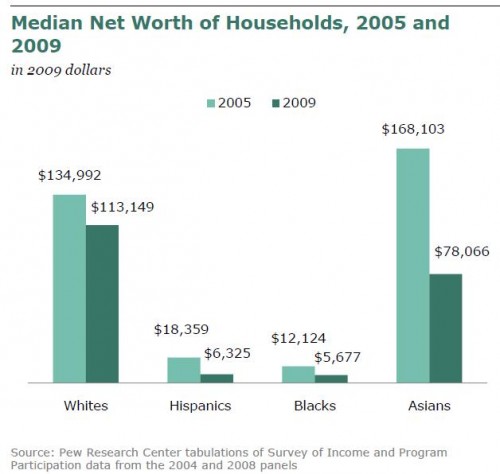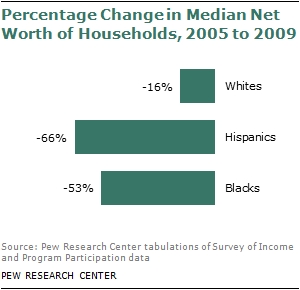There are few social facts that spread themselves out evenly across social class. Most everything — how healthy we are, what we do for leisure, how we dress, etc — is correlated with income. Twitter, I learned today, is an exception. According to a Pew study, internet users across a wide array of income brackets are using Twitter at about the same rate.
Income and % of internet users who use Twitter:
When we look at variables that correlate with income, however, such as race and education, we see an uneven distribution.
Race and % of internet users who use Twitter:
Education and % of internet users who use Twitter:
So people with more education are more likely to use Twitter, but Whites (who, on average, get more education than Blacks and Hispanics) are less likely. There’s something really interesting going on here. Any idea what?
Lisa Wade, PhD is an Associate Professor at Tulane University. She is the author of American Hookup, a book about college sexual culture; a textbook about gender; and a forthcoming introductory text: Terrible Magnificent Sociology. You can follow her on Twitter and Instagram.





